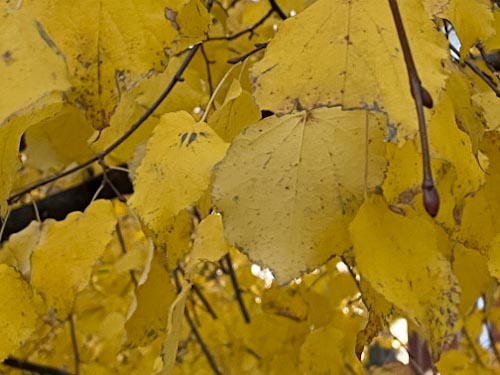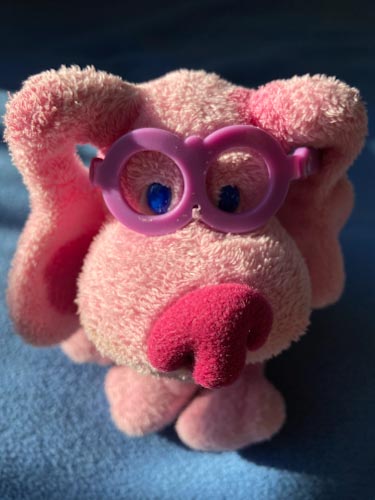Working with something you think is delicious, create a series of appealing photographs to convince everyone else this food is good to eat. The goal is to make the food look appetizing.
Pick something simple and easy to work with. Take off and wrappers or labels. Odd numbers are visually more appealing than even so get three of whatever it is. Three cupcakes or donuts. Or you could use three fruits or vegetables. It will be easier if they are around the same size and shape. Three pears will be easier than a banana, grapefruit, and an apple. Or better yet try a bunch of grapes.
Pick a background to compliment your subject. A bright pink background will be perfect for donuts with colorful frosting while a cutting board will be better for fruits and vegetables.
Use side light with fill for 10 photos and back light with fill for 10 photos. You may shoot from overhead or a three-quarter view or a combination. Experiment with the composition. Each photo should have a unique composition. You may add simple props, a spoon, a napkin, a plate, a flower but keep it simple. Post the 20 photos to an album on Flickr.
Select your best two and adjust the two photos in Lightroom. Send them to the class group.
Due: November 24th at 8am.

























Recent Comments